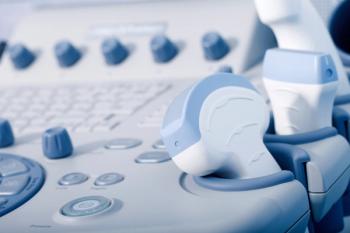
Mikael Björnson, MD, links long COVID and POTS
Nearly 30% of long COVID patients show signs of postural orthostatic tachycardia syndrome, a condition tied to worsened fatigue and recovery.
In a recent interview with Contemporary OB/GYN, Mikael Björnson, MD, PhD student at Karolinska Institute, discussed his research team’s work exploring the link between long COVID and postural orthostatic tachycardia syndrome (POTS).1,2
POTS is a condition affecting the autonomic nervous system and characterized by symptoms such as heart palpitations, dizziness, and fatigue upon standing. Early in the pandemic, clinicians noticed that many patients suffering from long COVID also experienced symptoms consistent with POTS.
Björnson’s group was among the first to document this association through case studies published in late 2020 and early 2021. Building on these observations, his team conducted follow-up research that revealed nearly 30% of long COVID patients met the diagnostic criteria for POTS.
Clinically, the findings have been significant. According to Björnson, long COVID patients who also have POTS tend to experience more severe symptoms and a slower recovery compared with those who do not develop the syndrome. They report greater fatigue, more frequent palpitations, and overall poorer self-rated health, indicating that POTS adds another layer of complexity to long COVID’s impact on daily functioning and quality of life.
Björnson emphasized that one of the most important takeaways from his team’s study is the need for systematic screening. He recommends that any patient with long COVID who experiences palpitations or orthostatic intolerance—worsening symptoms when moving from lying down to standing—should be formally evaluated for POTS. Diagnosis is essential, he explained, because effective symptom management is possible even though the underlying pathophysiology remains unclear.
Treatments may include adjusting salt and fluid intake, wearing compression garments, discontinuing medications that exacerbate symptoms, and, in some cases, prescribing drugs that help regulate heart rate and blood pressure. Referrals to cardiologists can also ensure that patients receive specialized care tailored to their condition.
Looking ahead, Björnson called for larger, more comprehensive studies to confirm and expand upon these findings. His team’s research represents the largest study to date examining POTS in long COVID patients, but additional work is needed to understand the syndrome’s mechanisms and broader implications.
He also highlighted the importance of investigating the economic burden, as both long COVID and POTS can lead to significant morbidity, reduced productivity, and increased health care costs. With long COVID affecting up to 50% of unvaccinated hospitalized adults and 10–15% of non-hospitalized patients, Björnson noted that the overlap with POTS represents a substantial public health concern with lasting consequences for individuals and society alike.
No relevant disclosures.
References
- POTS common in patients with long COVID. Karolinska Institutet. October 3, 2025. Accessed October 13, 2025. https://www.eurekalert.org/news-releases/1100722.
- Björnson M, Wijnbladh K, Törnberg A, et al. Prevalence and clinical impact of postural orthostatic tachycardia syndrome in highly symptomatic long COVID. Circulation: Arrhythmia and Electrophysiology. 2025. doi:10.1161/CIRCEP.124.013629
Newsletter
Get the latest clinical updates, case studies, and expert commentary in obstetric and gynecologic care. Sign up now to stay informed.










